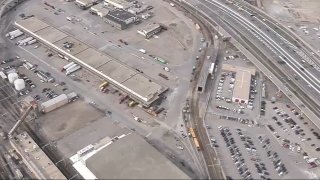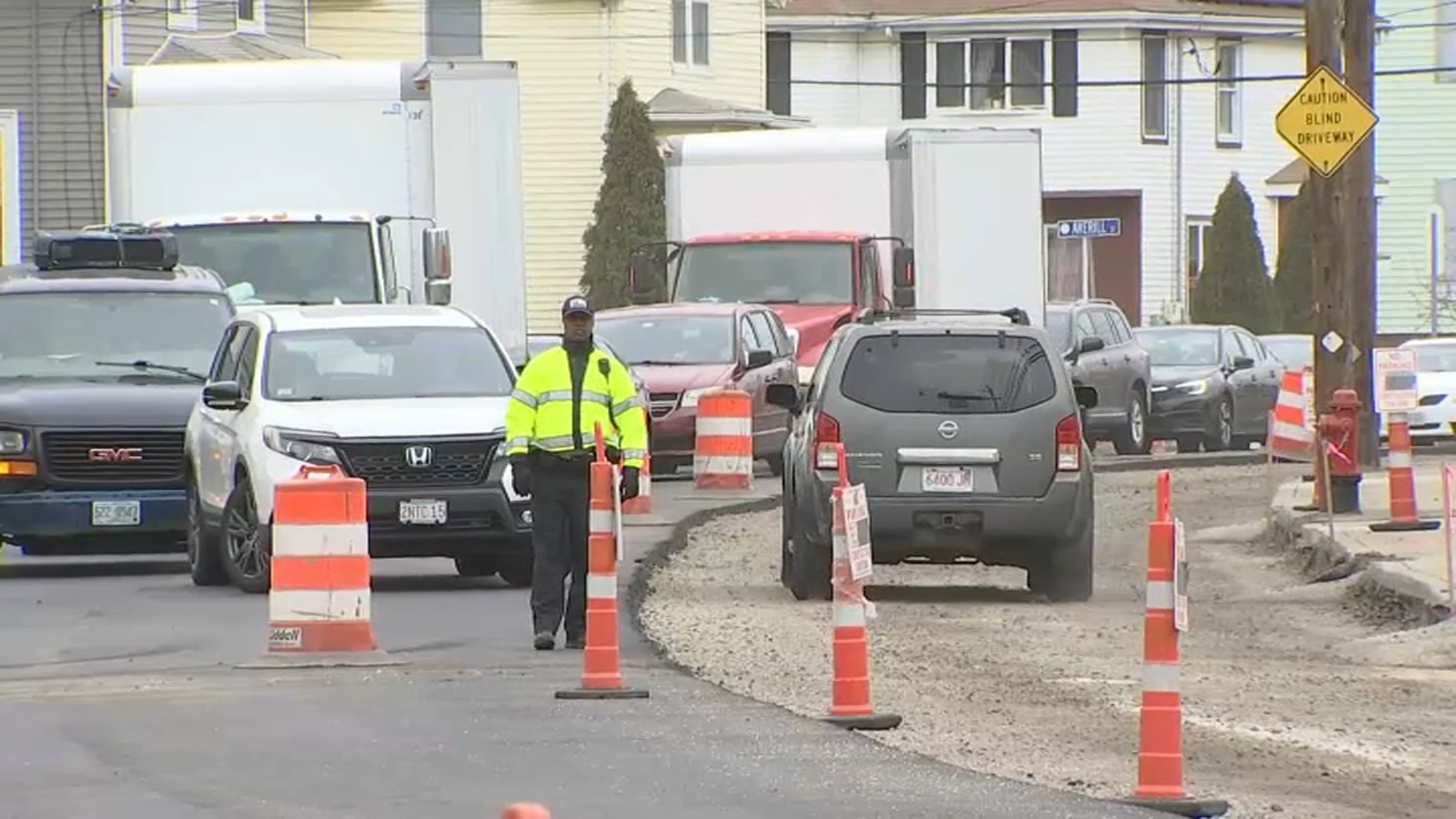
The MBTA has completed its purchase of a 24-acre parcel in Boston, bringing under the transit agency's umbrella a strategically located plot that officials say is critical to improving commuter rail operations and a pair of major expansion projects.
T officials announced Wednesday they finalized a $255 million deal to buy the land at Widett Circle, capping a years-long effort that began under the Baker administration.
The MBTA plans to install new commuter rail facilities at the parcel, which is adjacent to Interstate 93 and just about one mile south of South Station, to store trains while they are offline and perform maintenance for nine of the T's 14 commuter rail lines.
That will bring several benefits, including less train congestion on the Fairmount Line, more platform space at South Station and reduced diesel emissions in Boston-area environmental justice communities, the T said.
Get Boston local news, weather forecasts, lifestyle and entertainment stories to your inbox. Sign up for NBC Boston’s newsletters.
The current commuter rail yard closest to downtown Boston is in the city's Readville area, nine miles from South Station.
"As a result, trains that are not in passenger service must travel back and forth along the Fairmount Line creating a burden on resources including train crews, additional costs associated with the use of fuel, as well as the potential for creating congestion along the line," a T spokesperson wrote in a press release summarizing the deal. "A central location for a layover yard will allow trains to begin and end service from each corridor more efficiently. By adding a layover yard that is only one mile from South Station, the MBTA will be able to reduce its 'deadhead' miles by more than 50,000 miles per year, reducing operating costs by shortening trips to and from the layover yard and increasing capacity for trains in passenger service."
The boost in accessible maintenance services and layover space are "critical" for operating more frequent service on the Fairmount and Worcester Lines, according to the T, and also key to the in-development South Coast Rail expansion and proposed East-West Rail expansion.
Local
In-depth news coverage of the Greater Boston Area.
"Completing the acquisition of Widett Circle is a major step forward toward our goals of improving Commuter Rail service in the near term as well as the future vision for rail that is more frequent, reliable, and better positioned to embrace new and greener technology," MBTA General Manager Phillip Eng, who started his job on Monday, said in a statement. "This complex process was only successful thanks to the collaborative efforts involving the T, MassDOT, and the City of Boston. I look forward to continued progress in providing the kind of service our customers expect and deserve."
Gov. Maura Healey called the purchase "an important step in our efforts to improve rail operations and make service more efficient and reliable."
"Our administration is grateful for the hard work that went into making this purchase possible and we look forward to continued collaboration with local leaders and the community to ensure we are making the most of this opportunity," Healey said in a statement.
In December, when the MBTA Board approved negotiating a deal for Widett Circle, officials said they had been eyeing the land for "decades" and viewed it as a linchpin to long-term commuter rail improvements.
MBTA staff identified Widett Circle as a "critical location to provide layover functions" and included a proposed rail yard there in South Station Expansion project environmental filings that won approval in 2016 and 2017, a spokesperson said.
The board approved using $155 million in Department of Transportation funds and $100 million in MBTA capital investment plan funds to secure the purchase, according to the T.
Post-pandemic ridership on the commuter rail has rebounded at a higher rate than the MBTA's core subway system, roughly matching the bus network's performance with 68 percent as many riders in February 2023 as before COVID.



